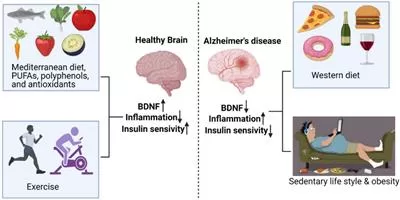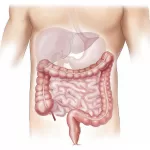Mayo Clinic researchers have established new diagnostic criteria for a memory-loss condition known as Limbic-predominant Amnestic Neurodegenerative Syndrome (LANS), which affects older adults and resembles Alzheimer’s disease but has a slower progression and better prognosis.
In a groundbreaking study published in Brain Communications, researchers at the Mayo Clinic have defined LANS, a syndrome affecting the brain’s limbic system, distinguishing it from Alzheimer’s disease. While LANS often presents with memory loss similar to Alzheimer’s, it progresses more slowly and offers a more favorable outlook. This development provides clinicians with clearer guidelines for diagnosing and managing patients with memory impairment.
Previously, the identification of LANS could only be confirmed post-mortem through brain tissue examination. The new criteria, developed using data from over 200 participants across several Mayo Clinic databases, now offer a framework for diagnosing LANS in living patients. These criteria include considerations of age, severity of memory loss, brain imaging, and biomarkers indicative of specific protein deposits in the brain.
Dr. David T. Jones, a Mayo Clinic neurologist and senior author of the study, highlights the significance of this research. “In our clinical work, we encounter patients with memory issues that resemble Alzheimer’s, but brain imaging and biomarkers indicate otherwise. This new framework allows us to provide clearer diagnoses and tailored treatments,” says Jones. He emphasizes that these findings will influence treatment strategies, including the use of amyloid-lowering drugs and participation in new clinical trials, as well as patient counseling on prognosis and genetic factors.
Dr. Nick Corriveau-Lecavalier, the paper’s first author, underscores the progress made in understanding dementia types. “This research builds on ongoing efforts to differentiate neurological conditions with overlapping symptoms but varying treatments and outcomes,” Corriveau-Lecavalier explains. “Our findings offer a new perspective on a syndrome that affects memory without necessarily progressing to other cognitive domains, leading to a better prognosis compared to Alzheimer’s disease.”
One potential contributor to LANS is the accumulation of the protein TDP-43 in the limbic system, identified in autopsied brain tissues of older adults. This protein buildup, referred to as limbic-predominant age-related TDP-43 encephalopathy (LATE), may be associated with the new syndrome, though further research is needed to explore additional causes.
With the new criteria, practitioners can more accurately diagnose LANS, allowing patients to explore treatment options and understand the potential progression of their condition. This advancement opens new avenues for research to further define the characteristics and management of LANS.
The study, “Clinical Criteria for a Limbic-predominant Amnestic Neurodegenerative Syndrome,” was funded by the National Institutes of Health and several other foundations. Drs. Jones and Corriveau-Lecavalier reported no conflicts of interest.
Reference: Corriveau-Lecavalier, N., et al. (2024). Clinical criteria for a limbic-predominant amnestic neurodegenerative syndrome. Brain Communications. DOI: 10.1093/braincomms/fcae183












